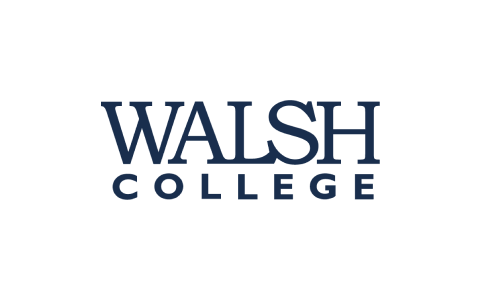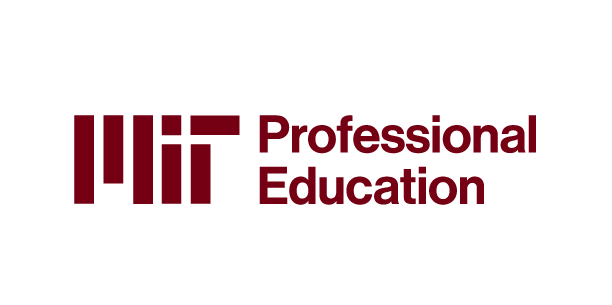- Great Learning
- Free Courses
- Machine Learning
Earn a certificate & get recognized
Basics of Unsupervised Machine Learning
Unlock the power of Unsupervised ML! Join our free course: Basics of Unsupervised Machine Learning. Master K-means, Hierarchical Clustering, R, PCA & more!
Basics of Unsupervised Machine Learning
1.1K+ learners enrolled so far
Stand out with an industry-recognized certificate
10,000+ certificates claimed, get yours today!
Get noticed by top recruiters
Share on professional channels
Globally recognised
Land your dream job
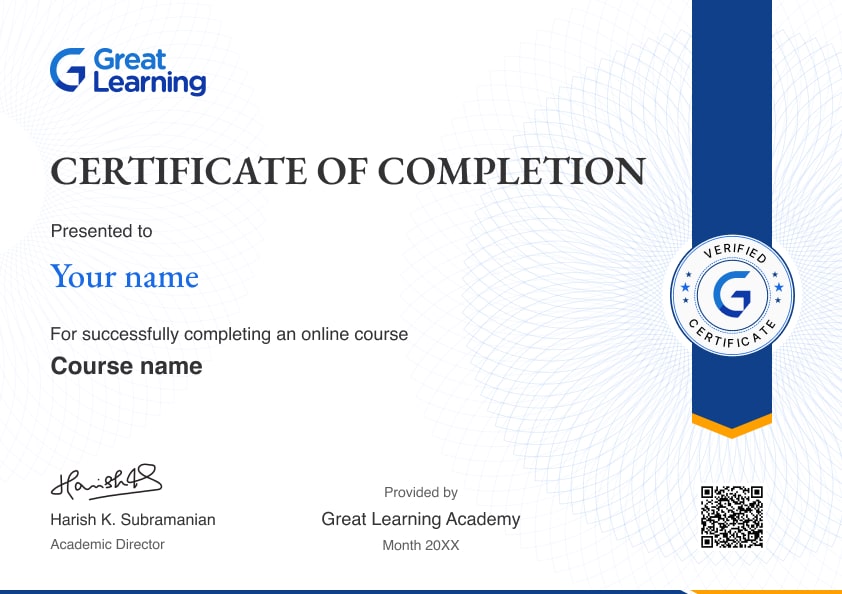
Skills you will gain
Basics of Python
Key Highlights
Get free course content
Master in-demand skills & tools
Test your skills with quizzes
About this course
This free unsupervised ML course covers fundamental aspects of machine learning, delving into the core principles of this transformative field. Learn the essentials of machine learning, explore the power of unsupervised learning through K-means and Hierarchical Clustering, and master practical applications with clustering in R. Uncover the secrets of dimensionality reduction with Principal Component Analysis. Designed for beginners, this course provides a solid foundation for understanding and implementing unsupervised machine learning techniques.
Ready to enhance your skills further? Next, explore our Postgraduate Program in Artificial Intelligence and Machine Learning.
Course outline
Basics of Machine Learning
This module introduces Machine Learning, covering supervised and unsupervised learning, linear regression, Pearson's coefficient, and the coefficient of determinant. It includes a case study to enhance understanding of these concepts.
Unsupervised Machine Learning with K-means
This module explores unsupervised learning with a focus on clustering, particularly K-means clustering, and emphasizes the application of K-means for efficient data segmentation.
Understanding Hierarchical Clustering
This module explores hierarchical clustering, focusing on agglomerative hierarchical clustering and various distance metrics such as Euclidean, Manhattan, Minkowski, and the Jaccard Index.
Clustering in R
This module covers Machine Learning basics, focusing on K-means, hierarchical clustering, and market basket analysis, offering insights into key data analysis techniques.
Understanding Principal Component Analysis
This module explores business analytics, focusing on hypothesis testing and a detailed examination of Principal Component Analysis (PCA), including a PCA case study to provide practical insights into these techniques.
Get access to the complete curriculum once you enroll in the course
Stand out with an industry-recognized certificate
10,000+ certificates claimed, get yours today!
Get noticed by top recruiters
Share on professional channels
Globally recognised
Land your dream job

Basics of Unsupervised Machine Learning
10.5 Hours
Beginner
1.1K+ learners enrolled so far
Get free course content
Master in-demand skills & tools
Test your skills with quizzes
Refer and earn
Get learning discounts up to $20
What our learners enjoyed the most
Curriculum
68% of our learners found our curriculum helpful
Frequently Asked Questions
Will I receive a certificate upon completing this free course?
Is this course free?
What are the prerequisites required to learn this Unsupervised Machine Learning Course?
You do not need any prior knowledge to learn this Unsupervised Machine Learning Course.
How long does it take to complete this free Unsupervised Machine Learning Course?
Unsupervised Machine Learning is a 9-hour long course, but it is self-paced. Once you enrol, you can take your own time to complete the course.
Will I have lifetime access to the free course?
Yes, once you enrol in the course, you will have lifetime access to any of the Great Learning Academy’s free courses. You can log in and learn whenever you want to.
Will I get a certificate after completing this Unsupervised Machine Learning Course?
Yes, you will get a certificate of completion after completing all the modules and cracking the assessment.
How much does this Unsupervised Machine Learning Course cost?
It is an entirely free course from Great Learning Academy.
Is there any limit on how many times I can take this free course?
No. There is no limit. Once you enrol in the Unsupervised Machine Learning Course, you have lifetime access to it. So, you can log in anytime and learn it for free online.
Who is eligible to take this Unsupervised Machine Learning Course?
You do not need any prerequisites to learn the course, so enrol today and learn it for free online.
Become a Skilled Professional with Pro Courses
Gain work-ready skills with guided projects, top faculty and AI tools, all at an affordable price.


View Course

Included with Pro+ Subscription
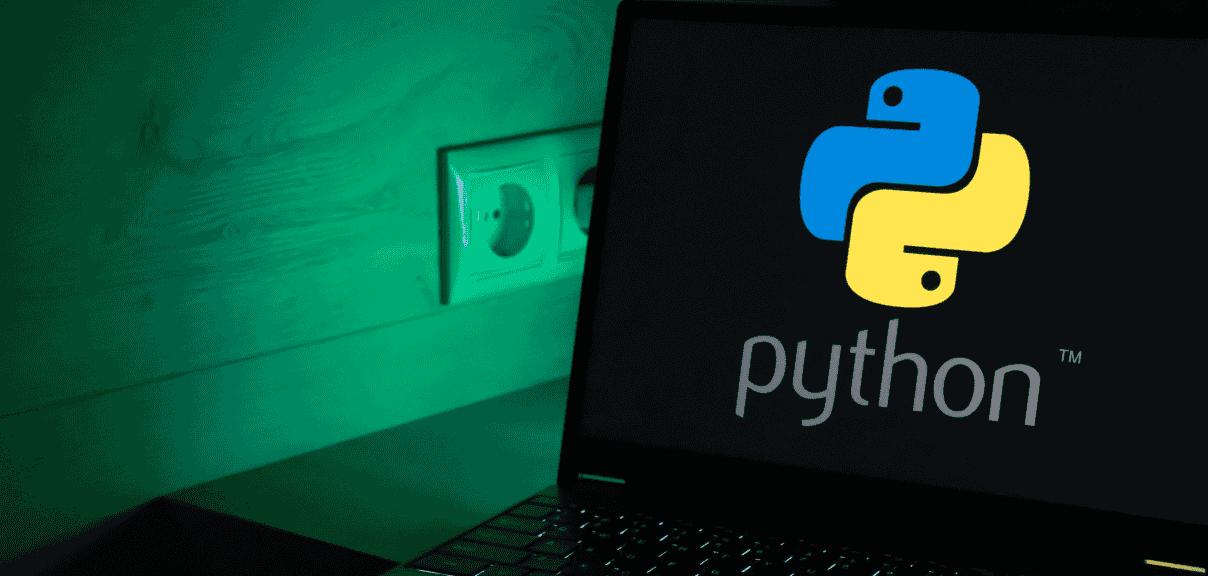
View Course

Included with Pro+ Subscription
.jpg)
View Course

Included with Pro+ Subscription


View Course

Included with Pro+ Subscription


View Course

Included with Pro+ Subscription
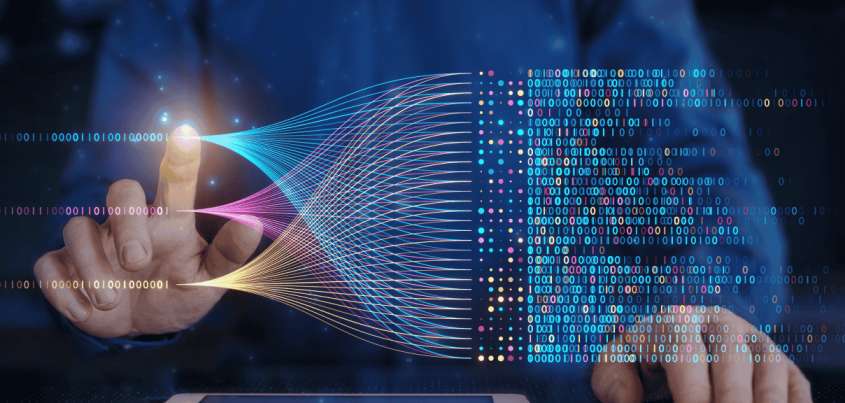
View Course

Included with Pro+ Subscription
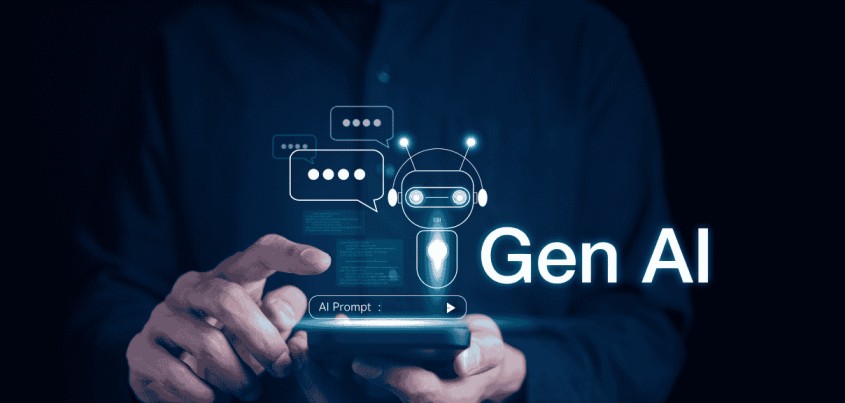
View Course

Included with Pro+ Subscription
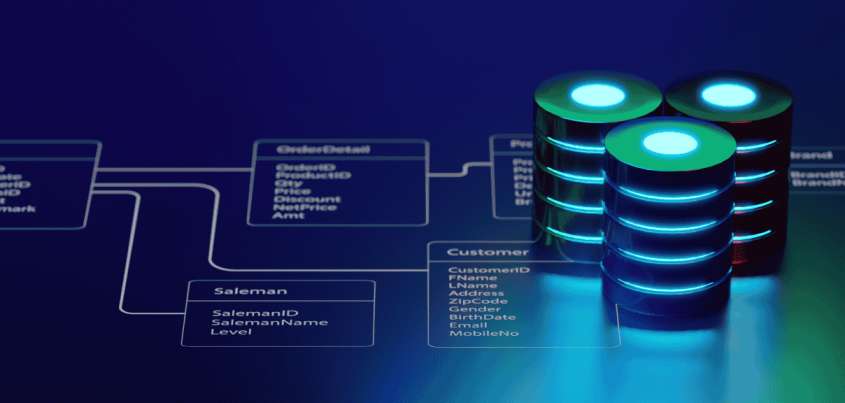
View Course

Included with Pro+ Subscription


View Course

Included with Pro+ Subscription


View Course

Included with Pro+ Subscription


View Course

Included with Pro+ Subscription


View Course

Included with Pro+ Subscription


View Course

Included with Pro+ Subscription


.png)
View Course

Included with Pro+ Subscription

View Course

Included with Pro+ Subscription
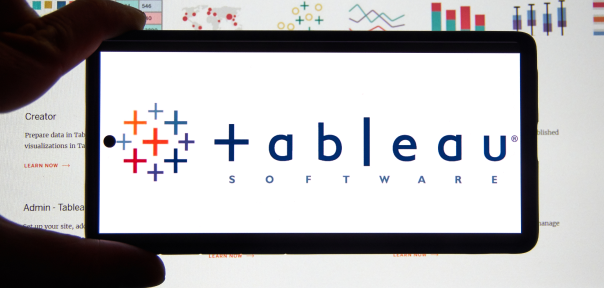
View Course

Included with Pro+ Subscription

View Course

Included with Pro+ Subscription
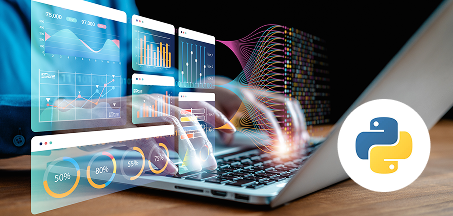
View Course

Included with Pro+ Subscription


View Course

Included with Pro+ Subscription
.jpg)
View Course

Included with Pro+ Subscription
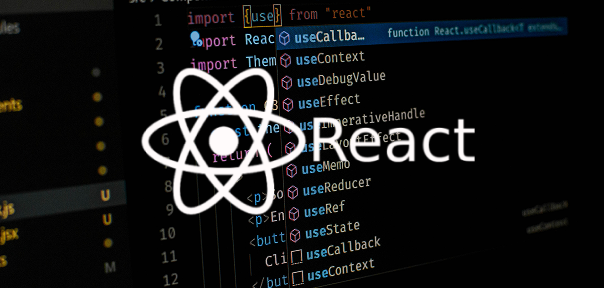
View Course

Included with Pro+ Subscription
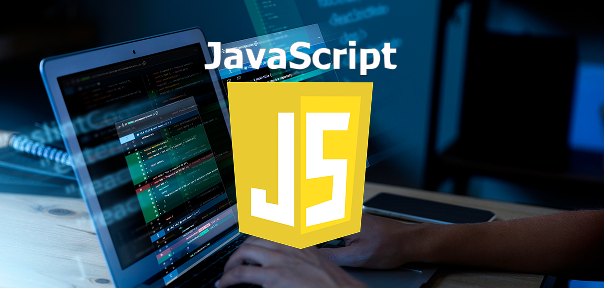
View Course

Included with Pro+ Subscription
.png)
View Course

Included with Pro+ Subscription
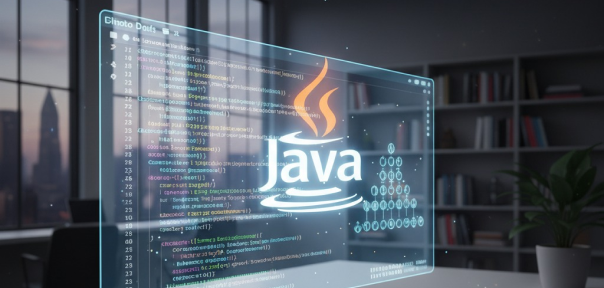
View Course

Included with Pro+ Subscription

View Course

Included with Pro+ Subscription
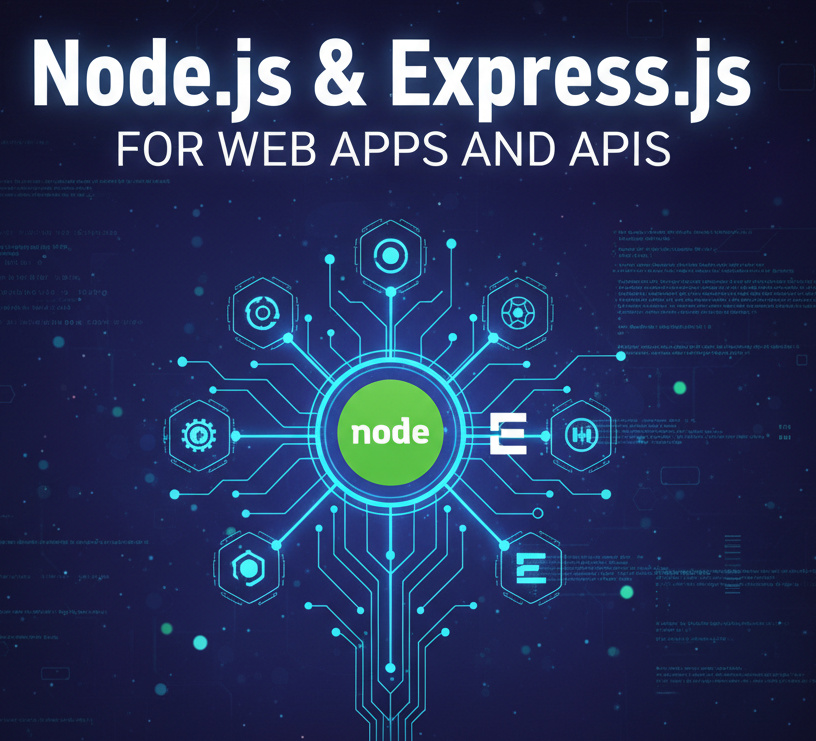
View Course

Included with Pro+ Subscription

View Course

Included with Pro+ Subscription


View Course

Included with Pro+ Subscription

View Course

Included with Pro+ Subscription

View Course

Included with Pro+ Subscription
.png)
View Course

Included with Pro+ Subscription
.jpg)
View Course

Included with Pro+ Subscription
.jpeg)
View Course

Included with Pro+ Subscription
.jpg)
View Course

Included with Pro+ Subscription
.jpg)
View Course

Included with Pro+ Subscription
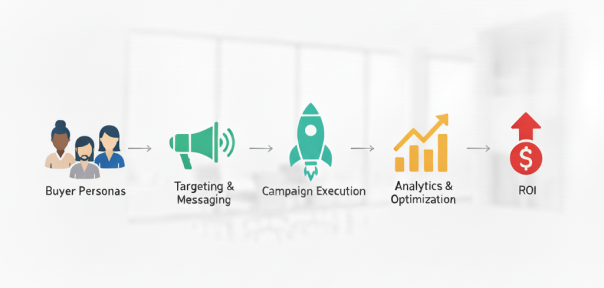
View Course

Included with Pro+ Subscription

View Course

Included with Pro+ Subscription
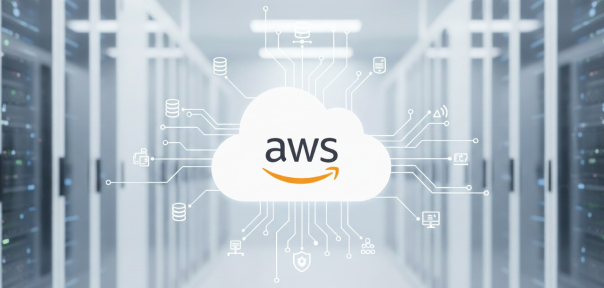

View Course

Included with Pro+ Subscription
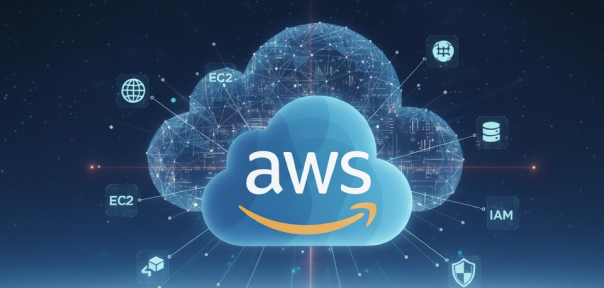

View Course

Included with Pro+ Subscription


View Course

Included with Pro+ Subscription
.png)
View Course

Included with Pro+ Subscription



.png)

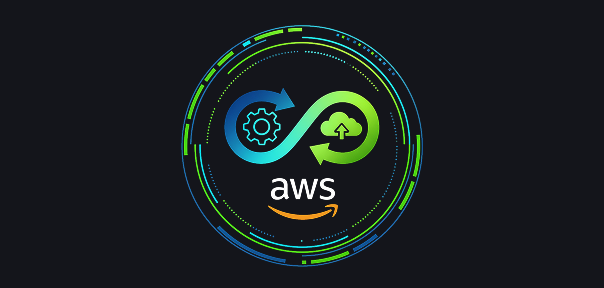
View Course

Included with Pro+ Subscription
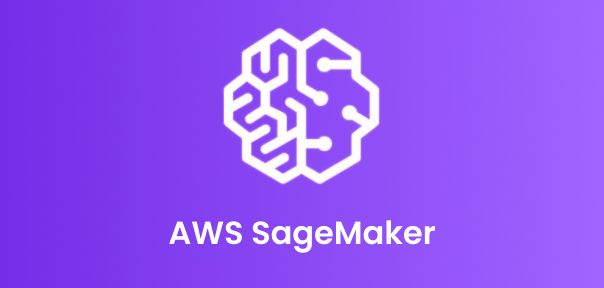

View Course

Included with Pro+ Subscription

View Course

Included with Pro+ Subscription

View Course

Included with Pro+ Subscription
.png)
View Course

Included with Pro+ Subscription
.png)
View Course

Included with Pro+ Subscription
.png)
View Course

Included with Pro+ Subscription




View Course

Included with Pro+ Subscription

View Course

Included with Pro+ Subscription
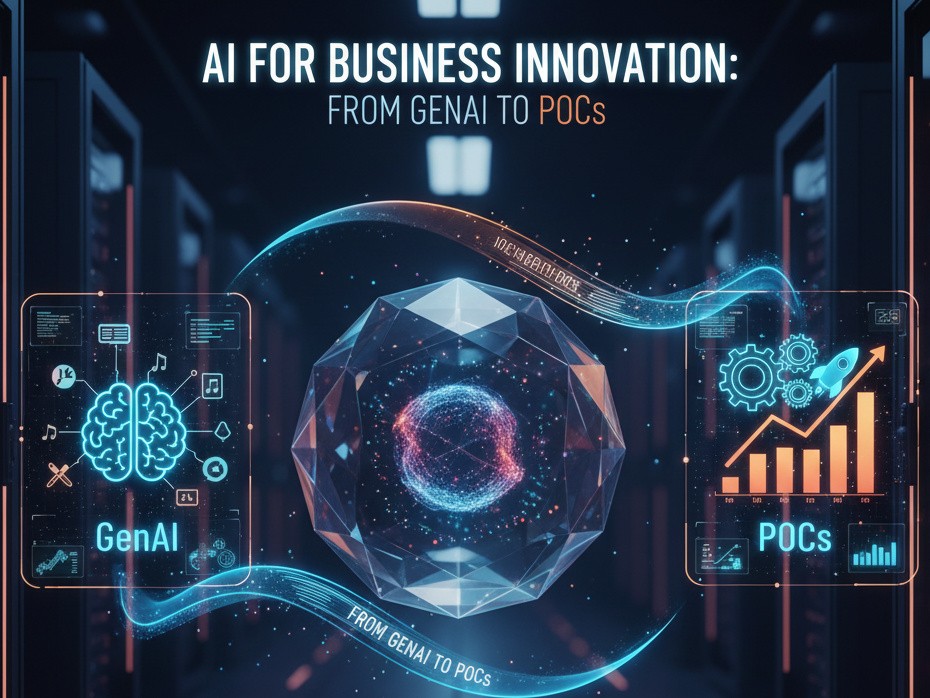
View Course

Included with Pro+ Subscription
.jpg)
View Course

Included with Pro+ Subscription

View Course

Included with Pro+ Subscription

View Course

Included with Pro+ Subscription
Popular


View Course

Included with Pro+ Subscription

View Course

Included with Pro+ Subscription
.jpg)
View Course

Included with Pro+ Subscription


View Course

Included with Pro+ Subscription


View Course

Included with Pro+ Subscription

View Course

Included with Pro+ Subscription

View Course

Included with Pro+ Subscription

View Course

Included with Pro+ Subscription
Microsoft Courses


View Course

Included with Pro+ Subscription


View Course

Included with Pro+ Subscription


View Course

Included with Pro+ Subscription


View Course

Included with Pro+ Subscription


View Course

Included with Pro+ Subscription


Data Science & ML
.png)
View Course

Included with Pro+ Subscription

View Course

Included with Pro+ Subscription

View Course

Included with Pro+ Subscription

View Course

Included with Pro+ Subscription

View Course

Included with Pro+ Subscription


View Course

Included with Pro+ Subscription
IT & Software
.jpg)
View Course

Included with Pro+ Subscription

View Course

Included with Pro+ Subscription

View Course

Included with Pro+ Subscription
.png)
View Course

Included with Pro+ Subscription

View Course

Included with Pro+ Subscription

View Course

Included with Pro+ Subscription

View Course

Included with Pro+ Subscription

View Course

Included with Pro+ Subscription


View Course

Included with Pro+ Subscription
 (1).png)
View Course

Included with Pro+ Subscription


View Course

Included with Pro+ Subscription

View Course

Included with Pro+ Subscription


View Course

Included with Pro+ Subscription

View Course

Included with Pro+ Subscription
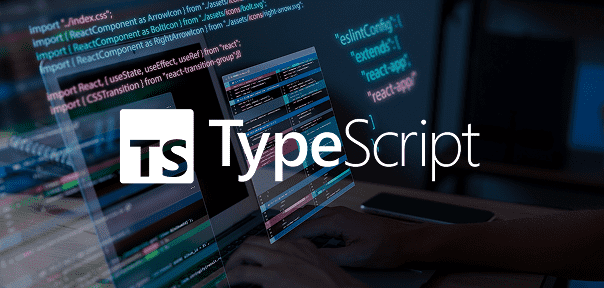
View Course

Included with Pro+ Subscription
.png)
View Course

Included with Pro+ Subscription
.png)
View Course

Included with Pro+ Subscription
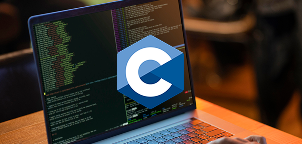
View Course

Included with Pro+ Subscription
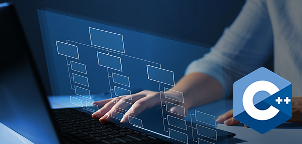
View Course

Included with Pro+ Subscription

View Course

Included with Pro+ Subscription

View Course

Included with Pro+ Subscription

View Course

Included with Pro+ Subscription
Management

View Course

Included with Pro+ Subscription

View Course

Included with Pro+ Subscription
.png)
View Course

Included with Pro+ Subscription
.jpg)
View Course

Included with Pro+ Subscription
.jpeg)
View Course

Included with Pro+ Subscription
.jpg)
View Course

Included with Pro+ Subscription
.jpg)
View Course

Included with Pro+ Subscription

View Course

Included with Pro+ Subscription

View Course

Included with Pro+ Subscription
.png)
View Course

Included with Pro+ Subscription
.png)
View Course

Included with Pro+ Subscription
.png)
View Course

Included with Pro+ Subscription
 (1).jpg)
View Course

Included with Pro+ Subscription

View Course

Included with Pro+ Subscription
.png)
View Course

Included with Pro+ Subscription
.png)
View Course

Included with Pro+ Subscription
Cloud Computing


View Course

Included with Pro+ Subscription


View Course

Included with Pro+ Subscription


View Course

Included with Pro+ Subscription
.png)
View Course

Included with Pro+ Subscription



.png)


View Course

Included with Pro+ Subscription


View Course

Included with Pro+ Subscription
.png)

View Course

Included with Pro+ Subscription
.jpg)

.jpg)

.png)

View Course

Included with Pro+ Subscription


Cyber Security

View Course

Included with Pro+ Subscription

View Course

Included with Pro+ Subscription
.png)
View Course

Included with Pro+ Subscription
.png)
View Course

Included with Pro+ Subscription
.png)
View Course

Included with Pro+ Subscription
AI & Generative AI




View Course

Included with Pro+ Subscription

View Course

Included with Pro+ Subscription

View Course

Included with Pro+ Subscription
.jpg)
View Course

Included with Pro+ Subscription

View Course

Included with Pro+ Subscription

View Course

Included with Pro+ Subscription
Subscribe to Academy Pro+ & get exclusive features
$25/month
No credit card required
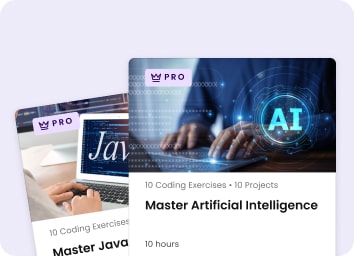
Learn from 40+ Pro courses
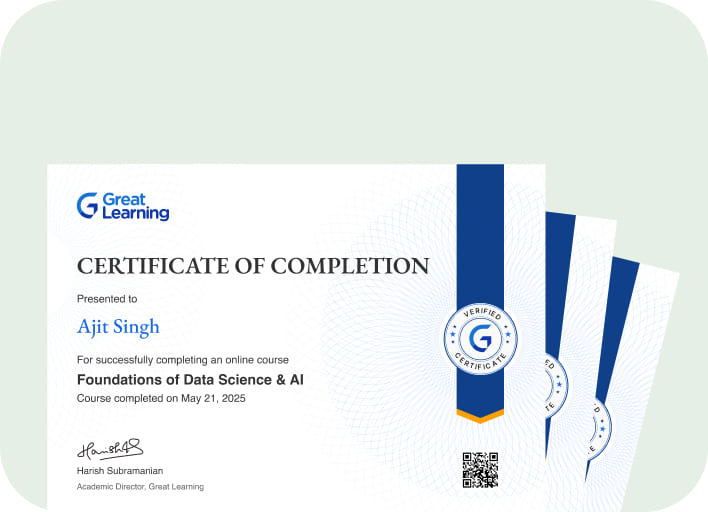
Access 500+ certificates for free
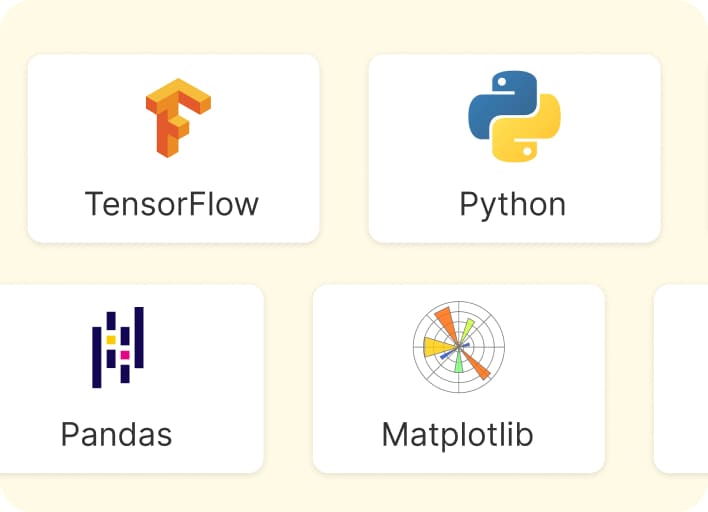
700+ Practice exercises & guided projects
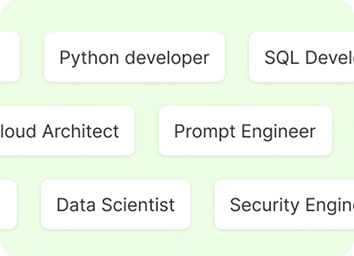
Prep with AI mock interviews & resume builder
Recommended Free Machine Learning courses
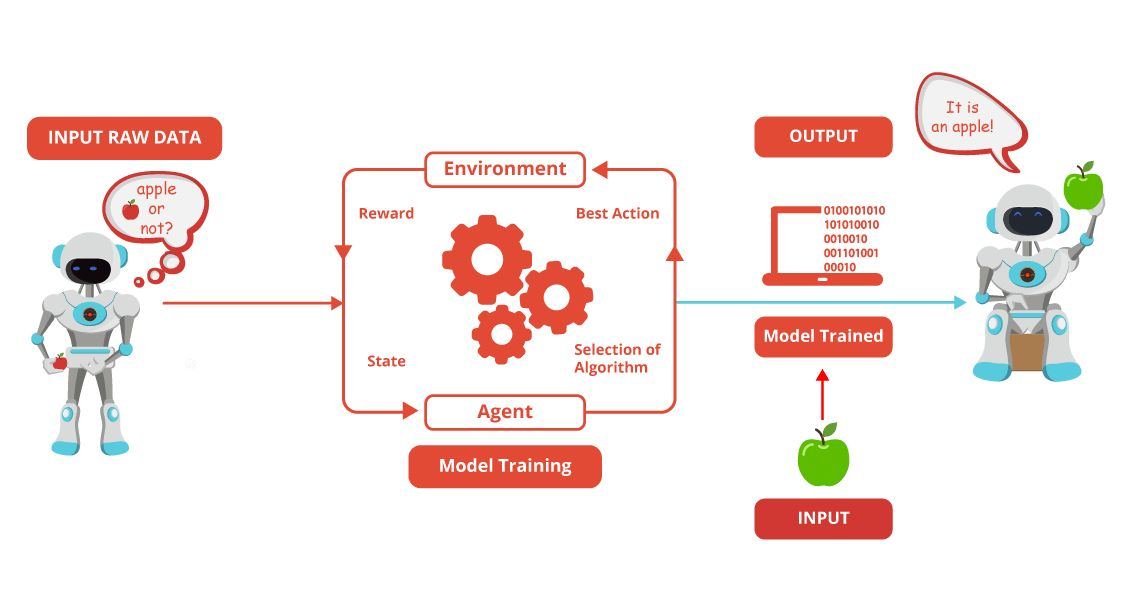


View Course
.jpg)
Similar courses you might like
.jpg)



Related Machine Learning Courses
-
Personalized Recommendations
Placement assistance
Personalized mentorship
Detailed curriculum
Learn from world-class faculties
50% Average salary hike -


Johns Hopkins University
Certificate Program in AI Business Strategy10 weeks · Online
Know More
-


Walsh College
MS in Artificial Intelligence & Machine Learning2 Years · Online
Know More
-


MIT Professional Education
No Code AI and Machine Learning: Building Data Science Solutions12 Weeks · Online · Weekend
Learn from MIT FacultyKnow More
Relevant Career Paths >
Basics of Unsupervised Machine Learning
Unsupervised machine learning is a branch of artificial intelligence where the algorithm is not provided with labeled training data, unlike supervised learning where the model is trained on input-output pairs. Instead, in unsupervised learning, the algorithm must identify patterns, structures, or relationships within the data without any explicit guidance. This type of learning is particularly useful when dealing with large datasets where manually labeling data might be impractical or impossible.
Clustering:
One of the fundamental techniques in unsupervised learning is clustering, where the algorithm groups similar data points together based on certain features or characteristics. The goal is to discover inherent structures within the data, forming clusters or groups that share common traits. Popular clustering algorithms include K-means, hierarchical clustering, and DBSCAN. K-means, for example, partitions the data into a predetermined number of clusters by iteratively assigning data points to the cluster with the nearest mean.
Dimensionality Reduction:
In unsupervised learning, dimensionality reduction techniques are employed to simplify complex datasets by reducing the number of features while preserving the essential information. Principal Component Analysis (PCA) is a widely used method that identifies the principal components, or directions, in which the data varies the most. These components can then be used to represent the data in a lower-dimensional space. Dimensionality reduction not only aids in visualization but also helps in speeding up the training of machine learning models by reducing the computational load.
Association Rule Learning:
Another aspect of unsupervised learning is association rule learning, which is primarily used for discovering interesting relationships or patterns in large datasets. This technique is often applied in market basket analysis, where the goal is to uncover associations between products that are frequently purchased together. Apriori is a popular algorithm for association rule learning that identifies strong rules based on the frequency of itemsets in the data.
Anomaly Detection:
Unsupervised learning is also employed for anomaly detection, where the algorithm learns the normal patterns within the data and identifies instances that deviate significantly from these patterns. This is particularly useful in various fields such as fraud detection in finance, network security, and industrial quality control. Isolation Forests and One-Class SVM (Support Vector Machines) are examples of algorithms commonly used for anomaly detection.
Generative Models:
Generative models in unsupervised learning aim to understand the underlying distribution of the data and generate new samples from that distribution. One notable example is Generative Adversarial Networks (GANs), where two neural networks, a generator, and a discriminator, are trained simultaneously in a competitive fashion. GANs have been successful in generating realistic images, audio, and other types of data.
Challenges and Considerations:
Unsupervised learning comes with its own set of challenges. Since there is no ground truth to compare the results against, evaluating the performance of unsupervised models can be subjective. Moreover, the discovery of meaningful patterns in the absence of labeled data requires careful consideration of the chosen algorithms, parameter settings, and the nature of the dataset.
In conclusion, unsupervised machine learning plays a crucial role in uncovering hidden patterns, structures, and relationships within unlabelled datasets. Whether through clustering, dimensionality reduction, association rule learning, anomaly detection, or generative models, unsupervised learning provides valuable insights and is widely applied in various domains, including finance, healthcare, and computer vision. As the field continues to evolve, unsupervised learning techniques will likely play an increasingly important role in extracting meaningful information from vast and complex datasets.








